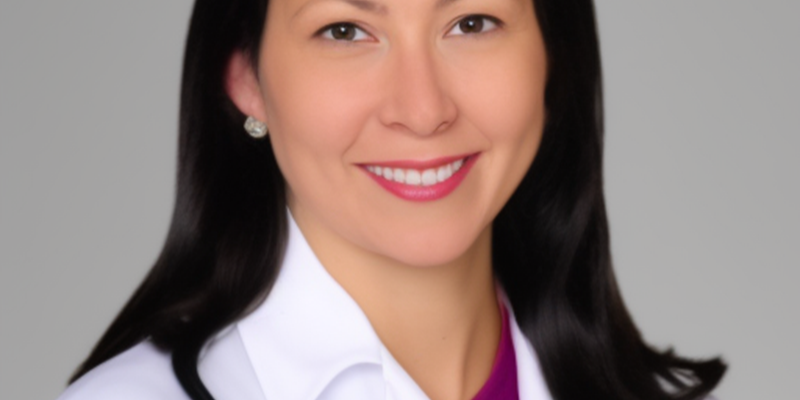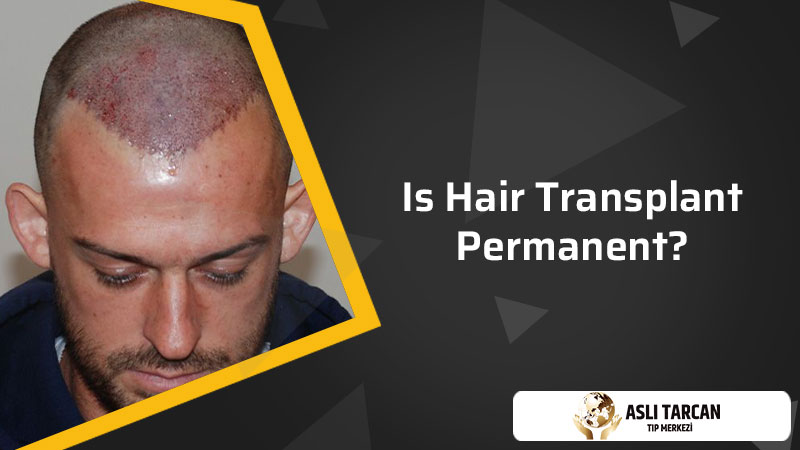Is hair transplant permanent? Typically, the hair border is intended to be 7-11 cm above the space between the brows. However, in this case, a collaborative decision on the starting point of the hair-forehead line should be taken, taking into consideration the individual’s wants. After determining the anterior midline, the temple area indentation should be established. While this area continues to grow more rounded in women, men are likely to have a more pronounced incursion.
In order to get a natural appearance following hair transplantation, the direction of hair transplantation is critical. Consider the following while launching a channel:
- The angles of the channels should be suitable with the current hair’s direction. When hair follicles are planted in the same direction as the existing hair, they grow in sync with it.
- The widths of the channels are formed by taking into account the structure of the transplanted region as well as the hair opening. The canal angle should be 30 degrees and forward in the entrance area where the front hairline is placed, and 45 degrees forward and to both sides in the temple area.
Is Hair Transplant Permanent?
The top of the head is especially essential since hair growth direction differs in this location. Following the existing hair’s directions and angles in this area guarantees that the results seem natural. If the crown area is entirely bald, the channels should be opened slightly outward, right in the centre, and at 30 – 45 degree angles. The hair directions change downwards in the bottom rear of the head.
If we summarize the benefits of hair transplantation for those who have had the procedure, we can say that they feel more confident in their new appearance. This results in social bliss. It reduces issues such as social timidity, feeling uneasy, and the need to wear a hat because there is no hair. The recuperation time might last up to a year. The hair continues to grow normally after a year. The outcome is a very natural image. Except during the first few months, no one will know you’ve had a hair transplant. Hair transplantation is a long-term surgery in most cases. Despite age, the chance of recurrence of the shedding problem is uncommon in transplanted hair.
Disadvantages Of Hair Transplant
It is appropriate for people of all ages. Furthermore, no matter how severe the shedding is, the problem may be resolved with hair transplantation therapies. Hair transplantation, like any other therapy, has significant drawbacks that might be experienced during or after the procedure. These dangers, however, vary depending on the expertise of the doctor doing the treatment and the precision of the procedures utilized. These;
- Its high price is a disadvantage. However, the expenditure is justified because the results of therapy are long-lasting. This is a health-related procedure, and the outcomes are permanent. Skin problems such as redness and crusting are possible. However, these issues will be resolved entirely over time.
- New hair may not grow as quickly as planned. It is possible that the procedure will take longer. Hair loss may be more than required, and hair regrowth in the transplanted region may be delayed.
- The recovery period is lengthier than for other treatment modalities. At the end of one year, natural-looking hair will emerge, and the treatment procedure will be completed.
Is hair transplant permanent? The patient’s nape is covered with a bandage for the first three days after fasting, and the transplanted region is left exposed. It is common to witness some bleeding after planting. It begins to crust on the second day. In the first several days, avoid touching the hair transplant region; nevertheless, you may rest on the bandaged nape area. Because the surrounding skin nourishes the transplanted hair follicles, it is important to preserve them and avoid putting pressure on them. Thin crusts in the transplanted region may form after hair transplantation and remain for 8-10 days.
What Happens After Hair Transplantation?
These will be crusts that look like dandruff and disappear with washing. At the end of the 10th day, these crusts disappear completely. During the crusting period, it is important to protect the treated area with a hat from external factors. However, this hat should be such that it does not cause any pressure. It is recommended to be worn only when going out in the sun. Apart from that, leaving the planting area open is important in terms of accelerating the healing.
In the post-operative phase, shock shedding is observed. Hair loss in the transplanted hair happens between the second week and the second month, which is completely normal. There are a few hairs left in the transplanted location. It has been shown that certain hair follicles produce little new hairs. Numbness and numbness in the head may occur from time to time. However, this is a transient situation, and there is no need to be disheartened.
Is Hair Transplant Permanent? : Treatment Process Hair Transplant
After the first three months, the shock shedding process passes, the transplanted hair begins to grow and grow. At first, newly emerged strands may appear to be curly or wavy. This is normal due to the adaptation process of newly emerging hair strands. Hair strands will recover within 6 months to 1 year. For the first three days following hair transplantation, the patient’s nape is covered in a bandage, and the transplanted region is left exposed. It is common to witness some bleeding after planting. It begins to crust on the second day. In the first several days, avoid touching the hair transplant region; nevertheless, you may rest on the bandaged nape area. Because the surrounding skin nourishes the transplanted hair follicles, it is important to preserve them and avoid putting pressure on them. Thin crusts in the transplanted region may form after hair transplantation and remain for 8-10 days.
These will be crusts that resemble dandruff and will wash away. These crusts totally dissolve by the end of the 10th day. It is critical to cover the treated region from external forces with a hat throughout the crusting process. However, this hat should be designed in such a way that it does not put any strain on the wearer.
Is Hair Transplant Permanent for People with Genetic Conditions?
The hair transplantation is a popular treatment that can be used to restore lost hair or to create a more natural look. When considering whether “is hair transplant permanent for people with genetic conditions or not?” there are several factors to keep in mind. The first step is to determine if the patient’s hair loss is caused by a medical condition or by genetics. Hair loss caused by medical conditions can often be treated with medications or other therapies, while hair loss caused by genetics would not be able to be treated in this way.

Once it has been established that a genetic condition causes the patient’s hair loss, the patient should discuss hair transplantation’s potential risks and benefits with a qualified physician. In some cases, people with genetic diseases may benefit from undergoing a hair transplant. Suppose they have an especially severe form of Alopecia or have experienced significant scarring due to another medical condition. In that case, a hair transplant may help them to achieve more natural-looking results.

Nonetheless, there are no guarantees that the procedure will result in the permanent restoration of lost hair and the results may vary. Therefore, unfortunately, there is no definite answer to “is hair transplant permanent for people with genetic conditions or not?”


